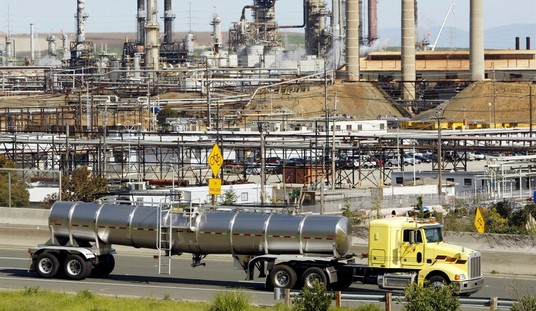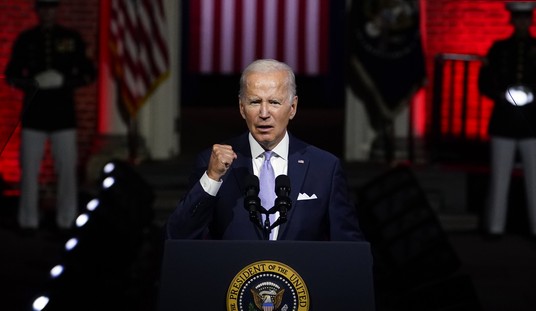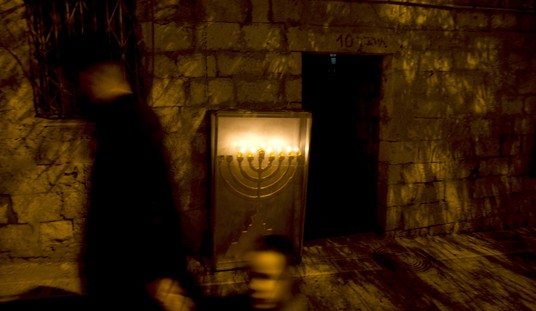Daniel Henninger explains “what happened.” Read:
Some would say Mr. Obama’s ever-aloof personality was unsuited to creating the hard shell of Washington support needed if the roof starts falling in, which it has. Mr. Obama’s famous (and self-admitted) standoffishness is of a piece with what is also now being called the problem of the bystander presidency. While others inside the administration’s fort were taking bullets for ObamaCare, Benghazi, the IRS scandal or NSA spying, Mr. Obama was always reported by his aides to be so far from the front lines that he only found out about these problems after the carrier pigeons arrived. Beyond the campaign organization, Team Obama has never looked like a band of brothers.
…
By tradition, the office of the U.S. presidency is one of the world’s most durable political institutions. Bill Clinton survived impeachment and Ronald Reagan weathered Iran-Contra. They emerged and even flourished.But this hasn’t been a traditional presidency. Mr. Obama insisted on a higher bar. He said he would be different, that he wouldn’t be part of the “politics as usual” in Washington. From the beginning, Mr. Obama said he was first of all about hope, and then change.
Hope may be the most totally positive, good-vibe idea that exists. But what has been striking about Mr. Obama is how relentlessly negative he has been in selling his notion of hope.
It’s going to be extremely difficult, as I said on Monday, for Wiggleroom to forge a fix after spending years calling the other side bomb-throwers and arsonists. It’s going to be even more difficult if he can’t get his poll numbers back above water, without which vulnerable Senate Democrats will bolt for the doors.
For Wiggleroom it was never about the hope. It was always about the change — by relentlessly demonizing the GOP and the Tea Party, out of expediency and also out of habit.










Join the conversation as a VIP Member